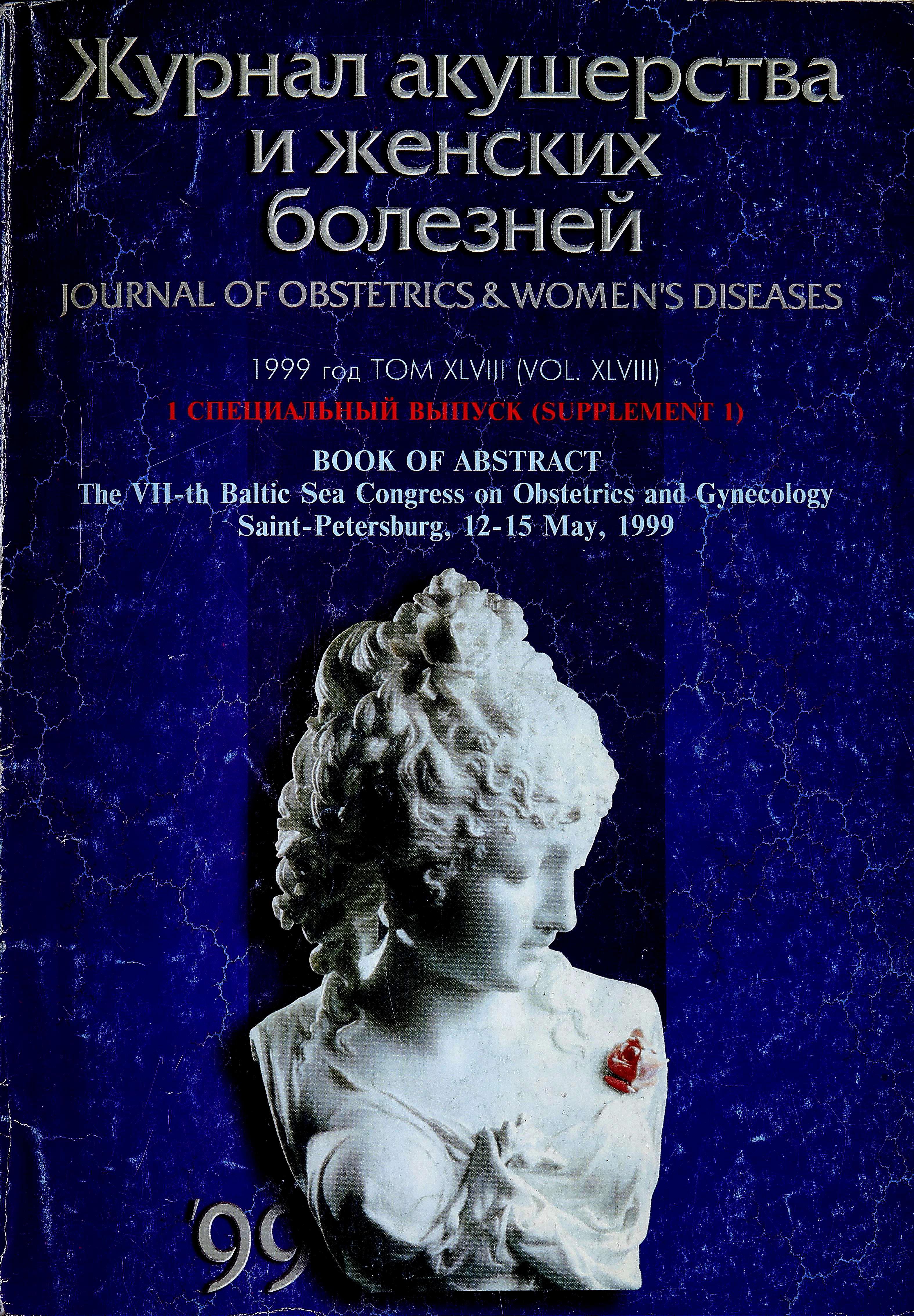II. Cesarean section or vaginal delivery
- Authors: Sjoberg N.1
-
Affiliations:
- Malmo University Hospital
- Issue: Vol 48, No 5S (1999)
- Pages: 150-150
- Section: Articles
- Submitted: 22.02.2022
- Accepted: 22.02.2022
- Published: 15.12.1999
- URL: https://journals.eco-vector.com/jowd/article/view/101437
- DOI: https://doi.org/10.17816/JOWD101437
- ID: 101437
Cite item
Full Text
Abstract
Achieving an appropriate national level of the cesarean section rate entails the investment of considerable resources in continuous education at the local level, and perinatal audit systems permitting daily review of all cases scheduled for cesarean section. At a national (or international) level, maintaining awareness of current policy and knowledge regarding cesarean section also entails the regular participation of consultants and postgraduate students at national and international meetings and workshops. Such initiatives can cultivate in obstetric staff an awareness of prevailing trends and of advances in our knowledge.
Keywords
Full Text
Achieving an appropriate national level of the cesarean section rate entails the investment of considerable resources in continuous education at the local level, and perinatal audit systems permitting daily review of all cases scheduled for cesarean section. At a national (or international) level, maintaining awareness of current policy and knowledge regarding cesarean section also entails the regular participation of consultants and postgraduate students at national and international meetings and workshops. Such initiatives can cultivate in obstetric staff an awareness of prevailing trends and of advances in our knowledge. For instance, it has been shown to be possible to reduce the incidence of cesarean section for fetal asphyxia by improved postgraduate education in the use of cardiotocography and fetal sampling. Moreover, the cesarean section on the basis of pelvic and fetal size. In Sweden, the adoption of such educational initiatives as outlined above reflects the changing attitude in favor of vaginal delivery, and has resulted in reduction in cesarean section rates at units where they were high. It is also noteworthy that the reduction in cesarean section rates has been unaccompanied by any increase in perinatal mortality or in the frequency of fetal asphyxia, and thus does not appear to entail any increase in perinatal risk. Another noteworthy finding is that improvement in our knowledge of cesarean section has been accompanied by a reduction in the frequency of elective cesarean section.
According to the above mentioned the proposals to reduce cesarean section rate are:
education for the health care professional and the population about the advantage of vaginal delivery;
consultants available to evaluate indications;
correct diagnosis of labor by the most experienced professional at the moment;
changes of juridical implications;
the possibility of vaginal delivery after previous cesarean section;
fetal monitoring is not at the service of cesarean section, but at the service of save vaginal delivery.
About the authors
N. Sjoberg
Malmo University Hospital
Author for correspondence.
Email: info@eco-vector.com
Sweden, Malmo
References
Supplementary files







